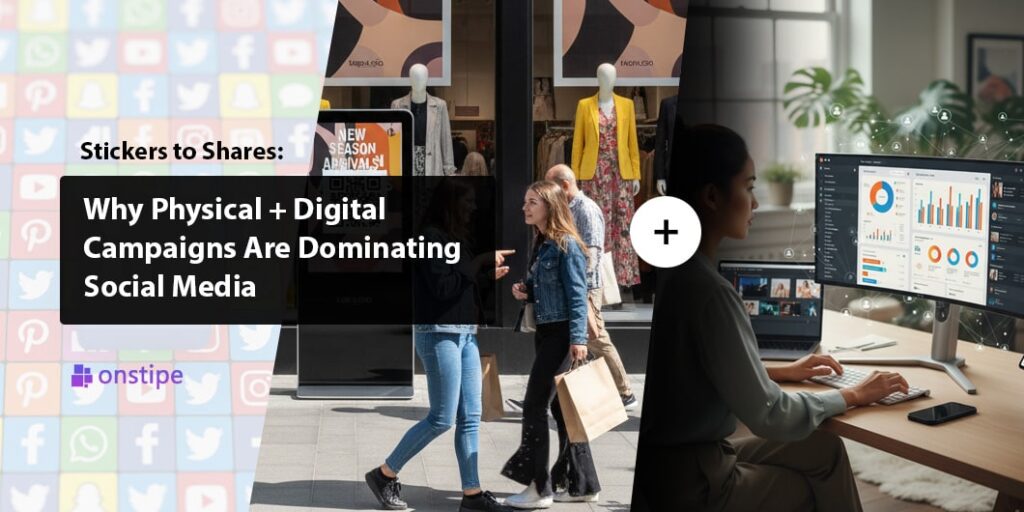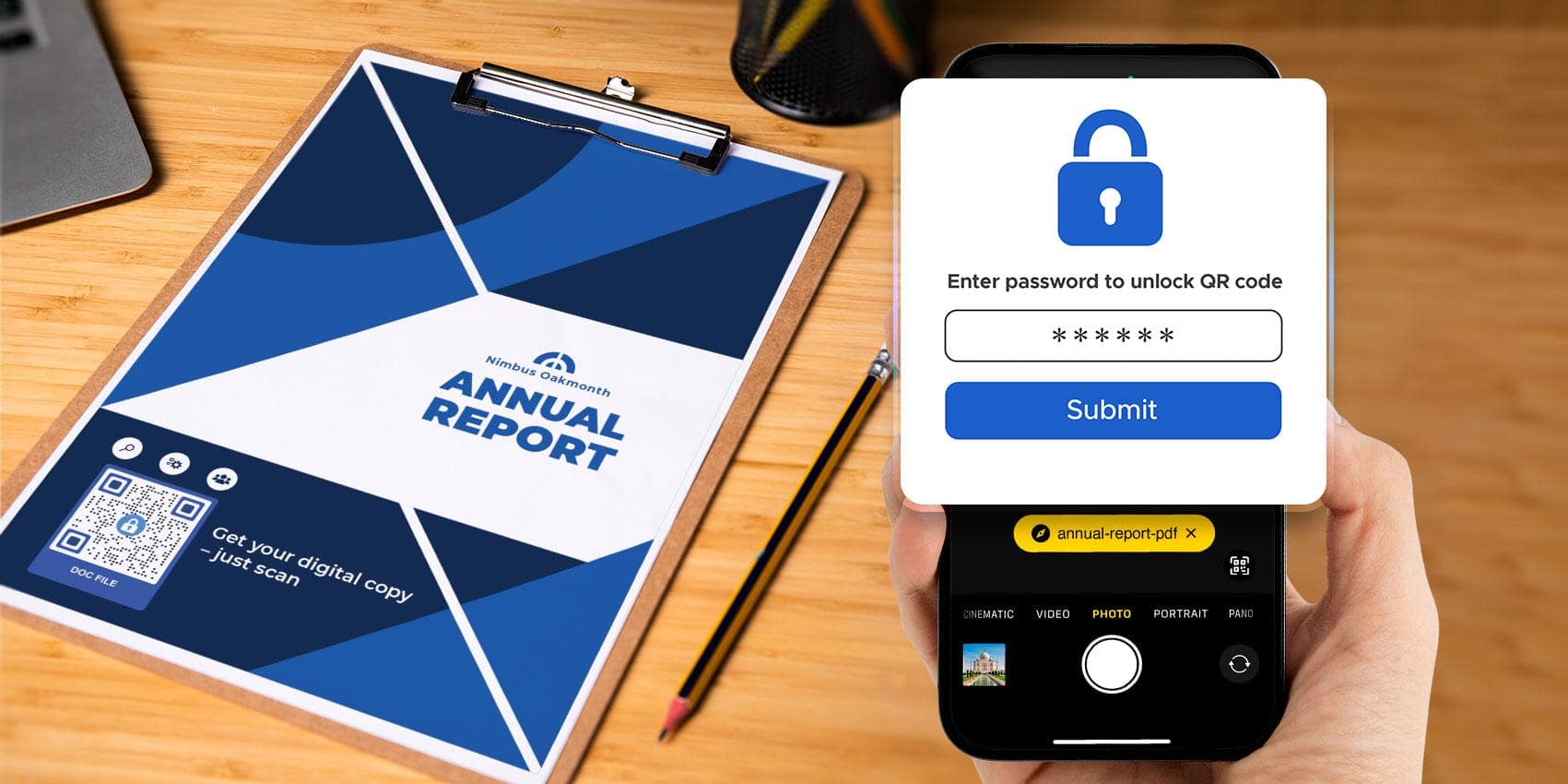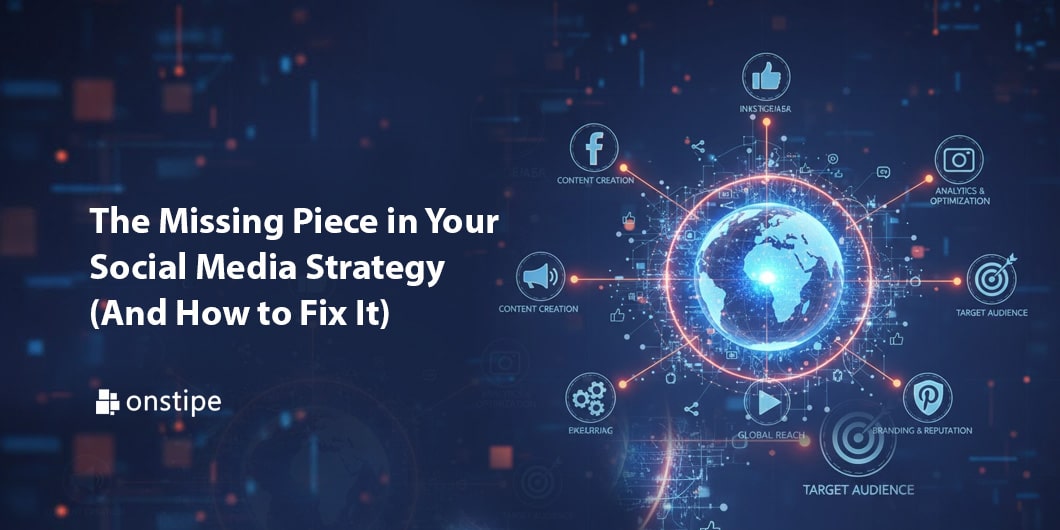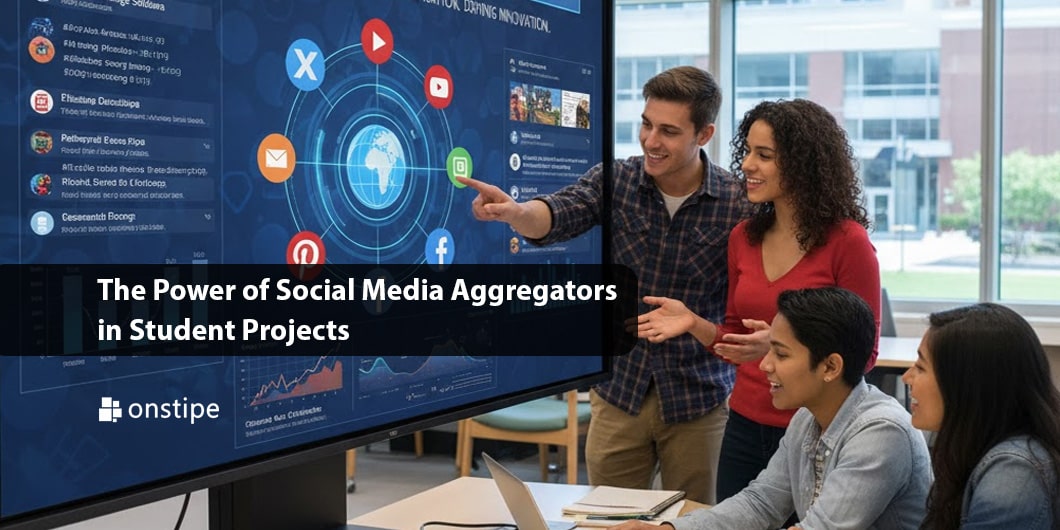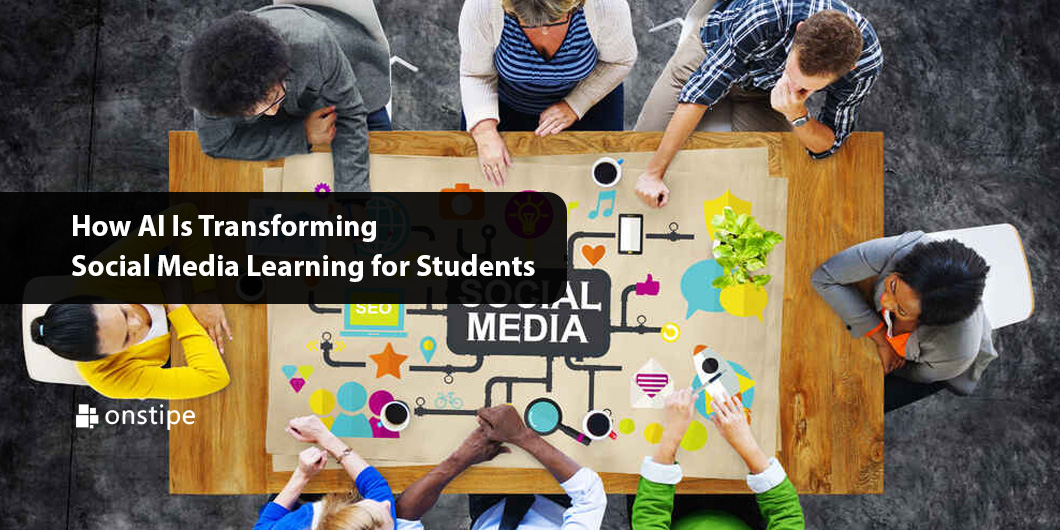Gen Z is getting weary of digital media trying to sell them products on social media. The answer? Grassroots marketing.
Grassroots marketing combines physical and digital media so that younger audiences can consume advertising in a way that feels more authentic, appealing, and fresh compared to fake digital advertising that overtly tries to sell products.
These advertising methods use social media to present audiences with footage of physical advertising like posters and flyers, and local installations. These point to a previous time when advertising was all physical, and share the distribution of these media through social channels to create viral momentum.
This article shows how these grassroots advertising methods work and why they are so successful.
What Makes Grassroots Campaigns Go Viral?
Younger audiences are used to digital media, growing up with daily social media use and broadband internet, but many are already feeling exhausted by certain elements of it. Apps like Instagram and Facebook are longer spaces for sharing new trends with friends. Marketing companies have jumped on these platforms as opportunities for selling products.
These companies have to acknowledge how Gen Z and other younger audiences feel about online advertising if they want to continue to connect with them in a meaningful way.
Simple, tangible elements are resonating with audiences as they signal a return to face-to-face communications that characterised advertising in the past, even if this was a time before most of the audience were born.
A perfect and recent example of this in action is Berlin café’s witty sticker “Coffee First, Emails Later” spread globally online. Another example is the tiny Portland mural reading “You Belong Here” that became a viral photo spot shared millions of times.
The Meme-Friendly Factor
The strength of these physical-digital ad campaigns is that they are highly memeable. Why? Because they combine the best of physical and digital advertising: Physical stickers that are easy to photograph and share across everyone’s social media pages, so the audience does the viral spreading for large companies.
Humour, Relatability, and Community Identity
Instead of talking above social media audiences with clever slogans and overt attempts to sell products, other techniques are working better and blindside them by hiding the fact that companies are advertising services and products for audiences to buy.
This humorous approach increases how relatable audiences find the company messages and increases the sense of community identity, sustaining the brand image and keeping it in the social media consciousness.
Meme-Friendly Factor Case Study
The “Nett Hier!” campaign in Baden-Württemberg used simple stickers with the phrase “Nice Here!” placed in everyday locations. Locals photographed and shared them online, sparking humor and pride. This low-cost grassroots strategy achieved wide social reach, proving that physical artifacts combined with digital sharing can generate powerful viral momentum.
Why Low-Cost Campaigns Beat Big Budgets
One of the biggest benefits of grassroots campaigns that use physical advertising literature like stickers and posters is that the costs are far lower than high-production ad campaigns.
But the strength of this lower budget is that it’s what younger audiences want and expect, and what allows them to engage more meaningfully as they trust low-budget brands, as they associate them with authenticity in identity and message. These aspects of advertising are far more effective for Gen Z advertising than polish and the corporate feel.
This approach is especially advantageous for the ROI of advertising for small businesses and startups, as they usually have lower budgets but can grow fast if they use grassroots ad strategies effectively.
Enterprise AI and the Future of Social Campaigns
One of the best ways to scale grassroots ad campaigns is by using AI to adjust and change the strategy and copy to fit the expectations of the audience.
Enterprises can use LLMs in finance to analyze social media trends, optimize budgets, generate tailored messaging, and rapidly adjust grassroots ad campaigns for maximum reach, cost-effectiveness, and real-time audience engagement.
LLMs can use advanced analytics in a way no technology has ever been able to achieve before, to identify which grassroots tactics will resonate most with targeted audiences to sell more products and services to upcoming generations.
The crucial balance is to use AI-driven insights alongside human, relatable campaigns to ensure the campaign engages with its audience every time, building long-term trust and loyalty.
Conclusion
Grassroots advertising strategies that combine physical and digital assets are dominating social media and reaching Gen Z far more effectively than high-budget corporate ad campaigns.
The impact of these effective campaigns stems from their blend of low cost to carry out, authentic feel for their audience, and meme potential, making them easy and fun to share. These are the reasons they appeal to younger audiences and the reason they are a powerful way to build brand trust and loyalty.
AI is one of the most crucial tools in this approach, as it is useful for analyzing trends and writing copy and strategies for grassroots ad campaigns, so it’s essential for enterprises to invest in this technology to reach audiences on social media in the future.

